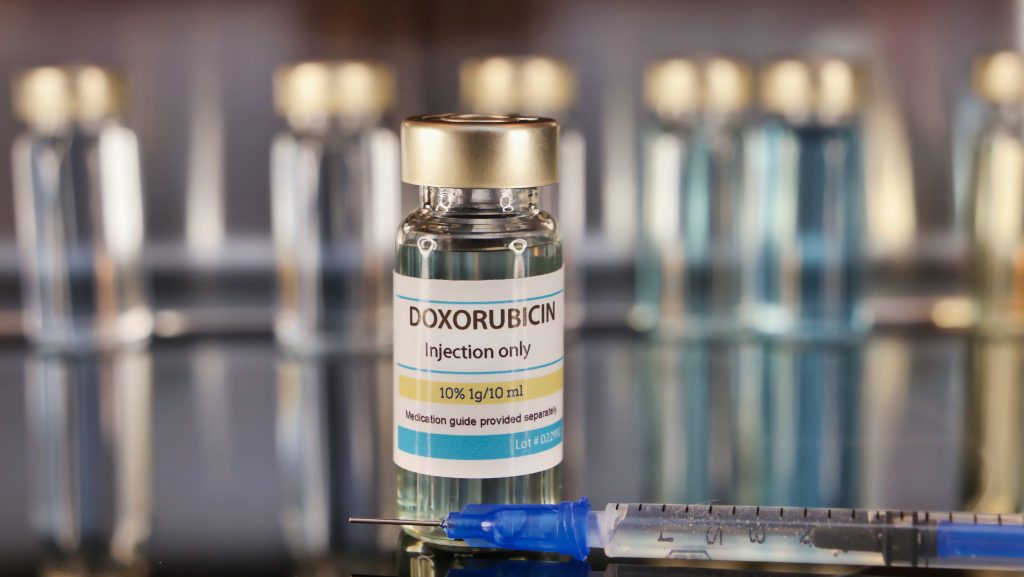Arq. Bras. Cardiol. 2021; 116(2): 323-324
Influence of Doxorubicin Treatment on Heme Metabolism in Cardiomyoblasts: An In Vitro Study
This Short Editorial is referred by the Research article "Effects of Doxorubicin on Heme Biosynthesis and Metabolism in Cardiomyocyte".
The last decades have been marked with potential advances in cancer diagnosis and therapy, leading to a decrease in mortality and increased patient survival. Doxorubicin is a drug that belongs to the anthracycline family, a class of anticancer drugs extracted from streptomycin. Although the mechanism of action of this drug in cancer is complex, it is known that it interferes with the synthesis of DNA and RNA in addition to inducing the production of free radicals that damage the cell membrane and DNA. However, many of the chemotherapeutic agents used in the neoplasms treatment protocols induce several side effects, including cardiac toxicity and negative repercussions in the vascular system such as thrombolytic ischemia, arterial hypertension, ventricular dysfunction and heart failure., The cardiotoxic effect of doxorubicin is dose-dependent, and the primary mechanism of toxicity is the induction of oxidative stress in the myocardium, with high production of reactive oxygen (ROS) and nitrogen (RNS) species that trigger DNA damage and deregulation of various processes intracellular.
The heme molecule mediates the iron availability and is essential for numerous biological processes in aerobic organisms. In the cardiovascular system, it plays a crucial role in antioxidant defense, signal transduction, oxygen transport, hemoglobin storage, and mitochondrial electron transport. Four mitochondrial and four cytoplasmic enzymes participate in heme metabolism. For heme synthesis, glycine and succinyl coenzyme A are condensed into δ-aminolevulinic acid (ALA) by the enzymes aminolevulinic acid synthases (ALAS), known as ALAS1 and ALAS2. The degradation of heme is carried out by enzymes called heme oxygenase (HOX), which produces carbon monoxide, biliverdin, and iron. HOX-1 isoenzyme regulates normal physiological conditions while HOX-2 isoenzyme protects the cells from oxidative stress. On the other hand, experimental studies have shown that elevated heme protein levels are related to increased oxidative stress and toxicity in cardiomyocytes., However, few studies in the literature verified the influence of anthracyclines on heme protein metabolism in cardiomyocytes.
[…]
1,401

